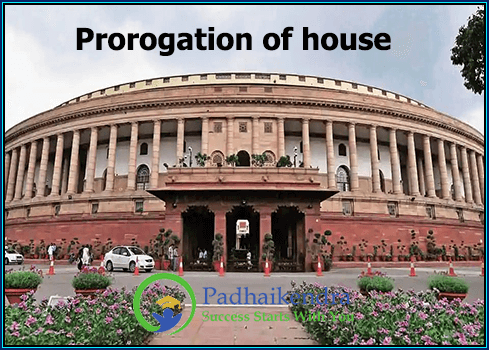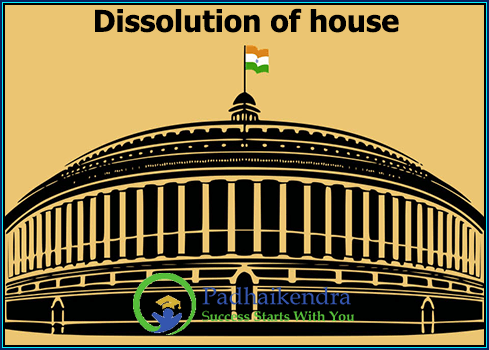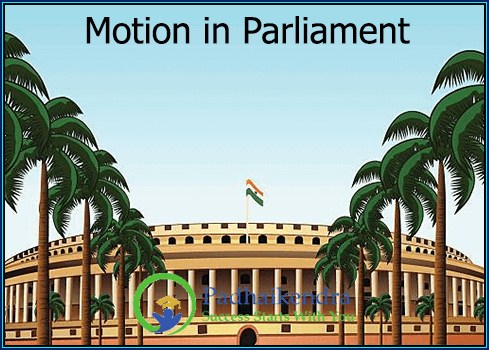Panchayati Raj is a system of local self-government in India that was introduced in 1959 with the aim of decentralizing power and empowering rural communities to participate in decision-making processes. The term ‘Panchayati Raj’ means ‘rule by Panchayats’ or local self-government institutions.
The Panchayati Raj system is a three-tier system consisting of Gram Panchayats, Panchayat Samitis, and Zilla Parishads. The Gram Panchayat is the lowest level of the system and is responsible for the administration of a single village or group of villages. The Panchayat Samiti is responsible for the administration of a group of Gram Panchayats, while the Zilla Parishad is responsible for the administration of a district.
The members of the Panchayati Raj institutions are elected directly by the people of the area. Women and members of Scheduled Castes and Scheduled Tribes are given reservation in the elections. The elected members of the Panchayati Raj institutions form the local government and are responsible for the administration of the area.
The Panchayati Raj system has the power to make laws on a number of subjects, including agriculture, health, education, and rural development. The system is also responsible for the implementation of various rural development schemes and programs.
The Panchayati Raj system has played an important role in the empowerment of rural communities and in the development of rural areas in India. It has provided a platform for people to participate in decision-making processes and to voice their opinions on issues that affect them. The system has also helped to improve the delivery of government services to rural areas and to promote rural development.
Over the years, the Panchayati Raj system has undergone several changes and reforms to make it more effective. The 73rd Constitutional Amendment Act of 1992 made several important changes to the system, including the provision for a 33% reservation for women in Panchayati Raj institutions. The Act also made it mandatory for states to hold regular Panchayat elections and to devolve financial powers to the local government institutions.
In conclusion, the Panchayati Raj system has been an important step towards decentralization of power and empowerment of rural communities in India. It has provided a platform for people to participate in decision-making processes and has helped to improve the delivery of government services to rural areas. However, there is still a long way to go in making the system more effective and inclusive.





